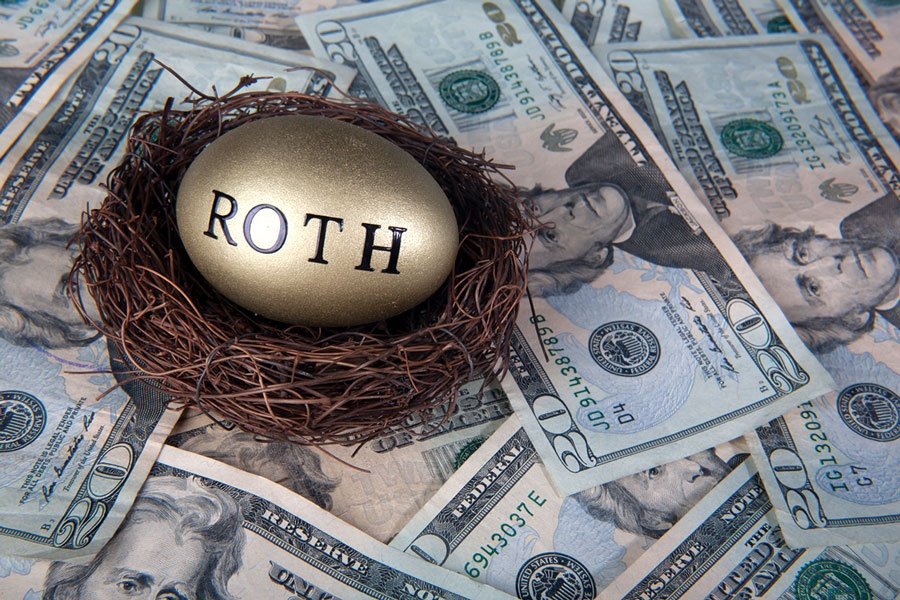I
f there's an
upside to the slumping financial markets it might be that it provides a fresh opportunity for financial advisers to strut their stuff with a year-end value-add in the form of
Roth IRA conversions.
For financial advisers who might be struggling to find some positive news to present to clients as the year winds down — and we know you're out there — this could be the ticket to showing an ability to leave no stone unturned on their behalf.
As
InvestmentNews
reporter Greg Iacurci detailed recently, there is still time and a host of new reasons to consider converting traditional individual retirement accounts to Roth IRAs that grow tax-free.
For starters, under the category of turning lemons into lemonade, a Roth conversion in the midst of a market pullback means a smaller tax hit when assets held in a traditional IRA are converted.
While advisers might not want to draw attention to prior asset levels and recent portfolio shrinkage, it is a legitimate conversational counterpoint that the same shares at lower current values will mean a smaller tax bill from Uncle Sam.
There's still time to complete a conversion in 2018, and the tax bill won't be due until April 15.
But even if that's too much hustle for the final weeks of the year, the Roth conversion is a tool advisers should keep handy well into next year and beyond.
The 2017 tax law changes are among the bigger drivers of why the time is ripe for many to consider Roth conversions. While the new law didn't push everyone into a lower tax bracket, it created enough of a shuffle to merit a closer look at whether it makes sense to convert a traditional IRA, that incurs taxes on withdrawals at retirement, to a Roth IRA, which taxes contributions that are withdrawn tax-free.
In theory, the tax-law changes that dropped the top bracket to 37% from 39.6% will be in place until 2025. But with another presidential election just around the corner and a newly split Congress already revealing some fangs, there is no telling how long the current tax rates will survive. And there's no guarantee they'll be extended.
Originally designed as another way to get retail-class investors saving for retirement, the pros and cons of the Roth have long-since evolved beyond a simple bet on what taxes will look like in the future.
A savvy adviser or CPA should be keeping an eye out for new opportunities, including, for example, how elimination of the marriage penalty will affect income taxes and the ability to convert all or a portion of a traditional IRA to a Roth over the next few years.
For example, under the new tax law, a married couple filing jointly with taxable income between $165,000 and $315,000 falls into the 24% tax bracket. Until this year, that same couple would have been taxed at a blend of 28% and 33%.
In terms of timing, most experts say it's now better to wait until the end of the year to do a Roth conversion because it offers a clearer picture of the year's taxable income so you don't accidently bump into a higher bracket. In prior years, the timing of a conversion was less of an issue because of the ability to "recharacterize" a conversion, which is essentially taking a mulligan and converting back to a traditional IRA for tax purposes.
The new tax law
removed the recharacterization option though, so being certain of tax levels for the year is more important than ever, before making a move. But waiting might be betting against a roaring market recovery.
Clearly, there's plenty to consider, including having enough cash to pay the tax bill and the impact a conversion will have on future Medicare premiums or the ability to take the new pass-through business income-tax deduction.
Just think of the Roth as a fountain of value-added service.







